Little Bunny Fountain Grass Care: Growing Little Bunny Fountain Grass
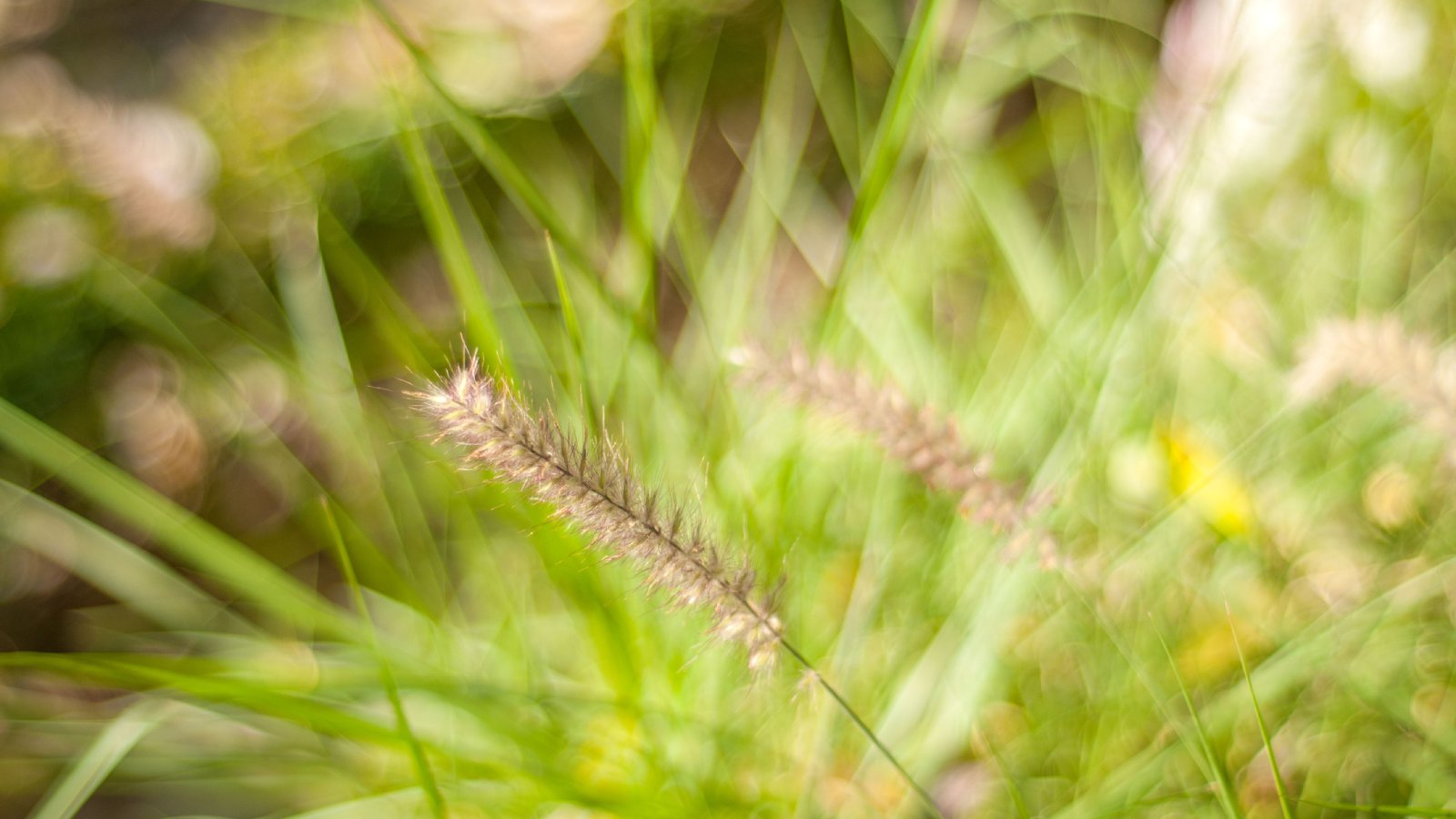

Fountain grasses are versatile garden plants with year-round appeal. Many varieties reach 4 to 6 feet (1-2 m.) high and can spread up to 3 feet (1 m.) wide, making most types of fountain grass unsuitable choices for small spaces. However, the miniature variety called Little Bunny dwarf fountain grass is perfect for tiny areas.
What is Little Bunny Grass?
Little Bunny dwarf fountain grass (Pennisetum alopecuroides ‘Little Bunny’) is a low-maintenance ornamental with a compact size. This deer-resistant fountain grass reaches 8 to 18 inches (20.5-45.5 cm.) in height with a spread of 10 to 15 inches (25.5-38 cm.). The slow-growing grass is ideal for rock gardens, borders, and small perennial beds – even containers.
Like other types of fountain grass, Little Bunny grows in a clumping, fountain-like formation. The ribbon-shaped leaves are dark green throughout the growing season and turn russet gold in the fall. The foliage remains intact all winter long, which lends structure and texture to the garden during the dormant season.
In mid to late summer, Little Bunny puts forth an abundance of 3- to 4-inch (7.5-10 cm.) fluffy plumes. The creamy white flowers provide contrast to the dark green foliage and give a soft backdrop for other types of brightly colored flowers in the perennial bed setting. The dried plumes are also attractive in flower arrangements.
Little Bunny Fountain Grass Care
Growing Little Bunny fountain grass is not difficult. This variety of ornamental grass prefers full sun but can tolerate partial shade. Choose an area with good drainage, as the grass does best in moist but not soggy soil. Once mature, bunny grass is drought-tolerant.
Little Bunny is hardy in USDA zones 5 through 9. Due to its compact size, this variety of fountain grass makes a wonderful container plant. Try growing Little Bunny fountain grass solo for a graceful, elegant look or in combination with brighter flowers for the soft texture its plumes lend to the mixed planting.
When transplanting in the ground, maintain the same soil line as in the pot. Space this variety 10 to 15 inches (25.5-38 cm.) from similarly sized plants. Water thoroughly after transplanting and ensure the soil remains moist for the first four to six weeks while the plant becomes established.
Gardening tips, videos, info and more delivered right to your inbox!
Sign up for the Gardening Know How newsletter today and receive a free copy of our e-book "How to Grow Delicious Tomatoes".
Little Bunny requires little maintenance other than cutting the old foliage back in early spring before new growth emerges.
When adding as a flowerbed accent plant, consider these other drought-resistant flowers as companions for Little Bunny grass:

Laura Miller has been gardening all her life. Holding a degree in Biology, Nutrition, and Agriculture, Laura's area of expertise is vegetables, herbs, and all things edible. She lives in Ohio.
-
 Looking For Plants To Give You The Soft And Fuzzies? Try These 5 Fuzzy Leaf Plant Options
Looking For Plants To Give You The Soft And Fuzzies? Try These 5 Fuzzy Leaf Plant OptionsLovers of texture, drama, silver foliage and tactile plants will adore these special sensory garden additions. These fuzzy leaf plant options will leave you all aglow
By Susan Albert
-
 Get Ready For A Summer Of Hummers! Grow These Full Sun Hummingbird Plants and Flowers
Get Ready For A Summer Of Hummers! Grow These Full Sun Hummingbird Plants and FlowersIf you’re lucky enough to enjoy a sunny backyard, make sure you are maxing out on your pollinator opportunities and grow these full sun hummingbird plants and flowers
By Tonya Barnett
-
 Fountain Grass Varieties – Learn About Popular Fountain Grass Plants
Fountain Grass Varieties – Learn About Popular Fountain Grass PlantsThere are many fountain grass cultivars. Hardiness and growing conditions can vary depending on variety. Click to learn more.
By Amy Grant
-
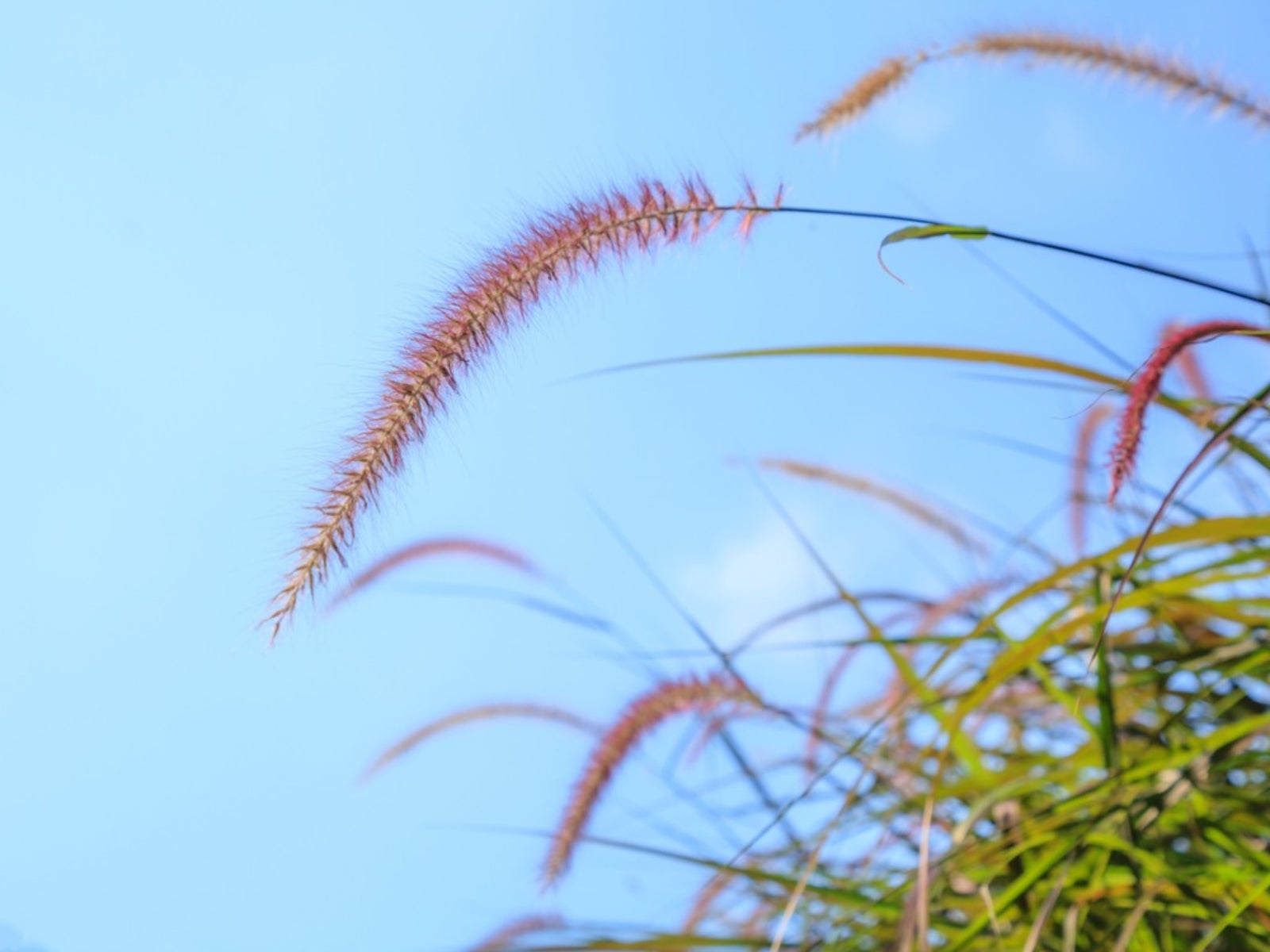 Red Fountain Grass Care – What Is Crimson Fountain Grass
Red Fountain Grass Care – What Is Crimson Fountain GrassRed fountain ornamental grass is a showy, clump forming grass with burgundy red leaves and feathery plumes of rosy purple blooms, also known as crimson fountain grass.
By Mary H. Dyer
-
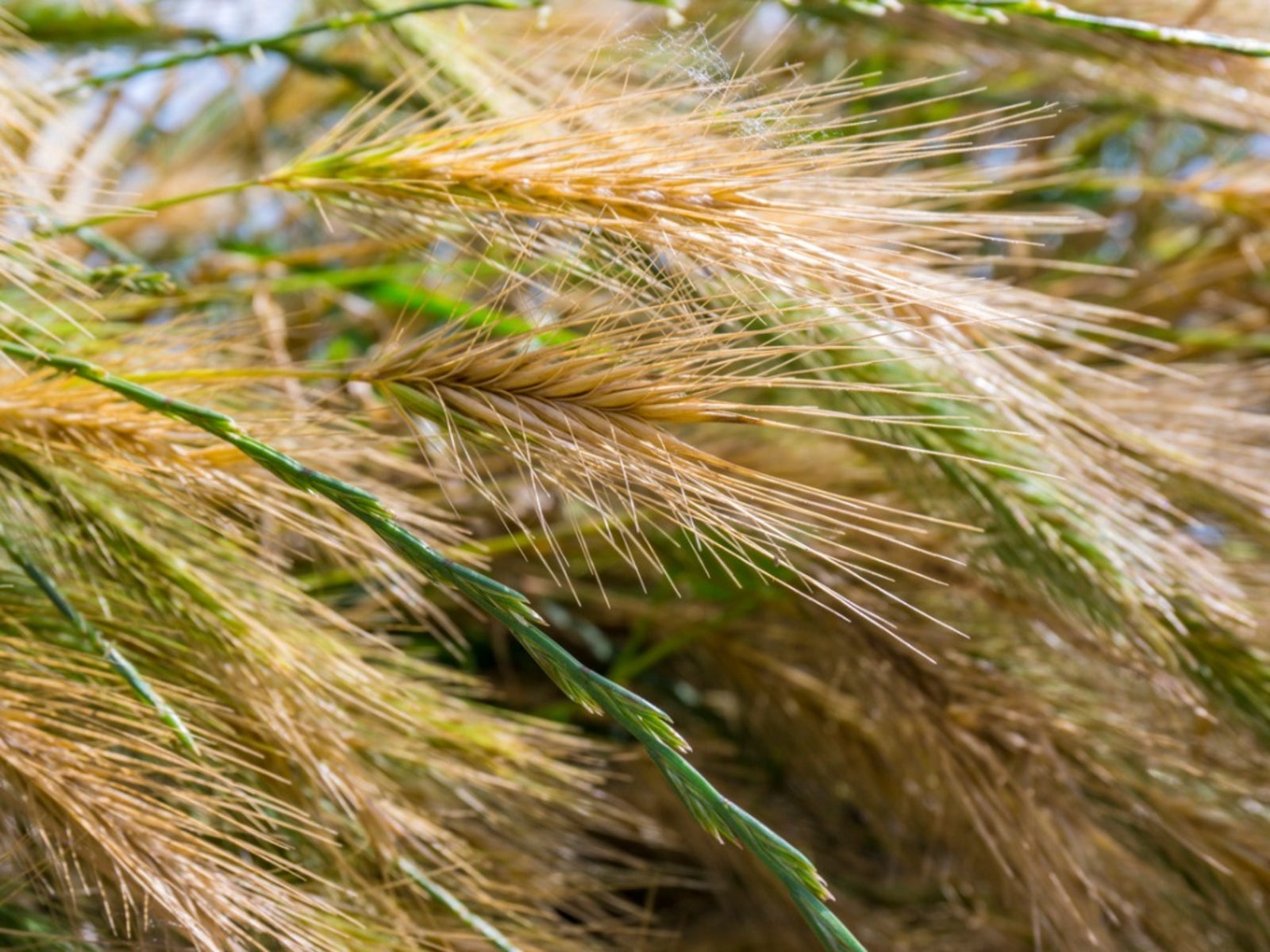 Little Honey Fountain Grass – How To Grow Pennisetum Little Honey
Little Honey Fountain Grass – How To Grow Pennisetum Little HoneyIf you want a showy, ornamental grass, you should try growing little honey fountain grass. Read on to learn more.
By Bonnie L. Grant
-
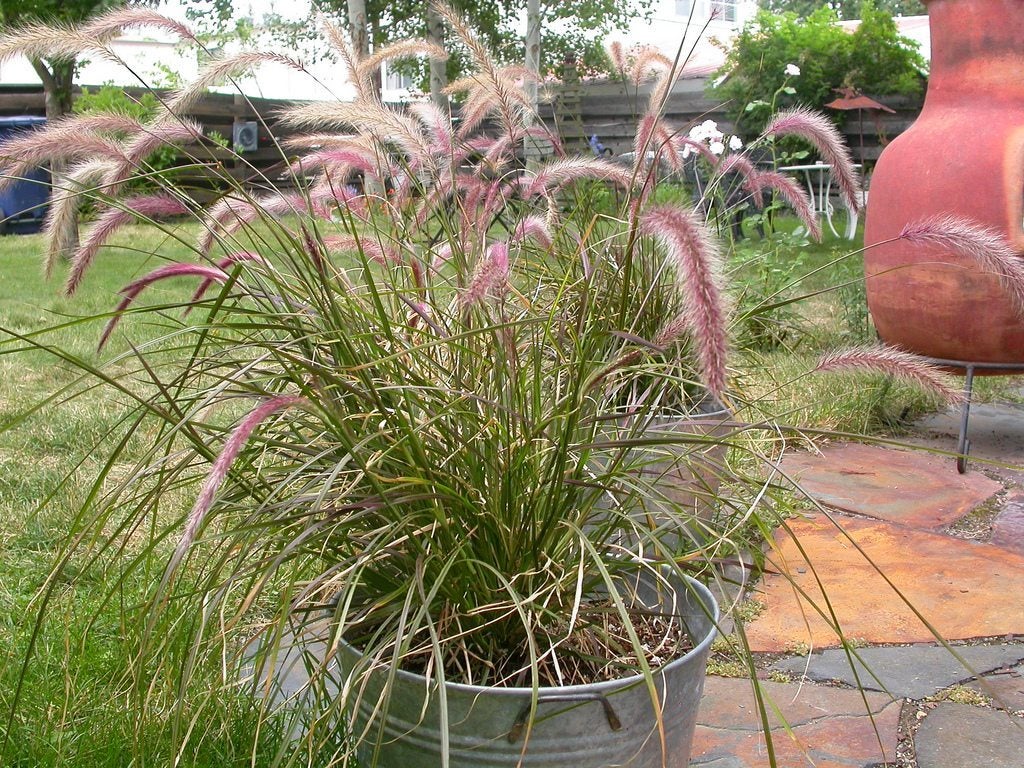 Fountain Grass Trimming – How To Treat Brown Tips On Fountain Grass
Fountain Grass Trimming – How To Treat Brown Tips On Fountain GrassFountain grass plants are easy to grow and generally unfussy, but occasional brown tips on fountain grass can be a clue to incorrect site conditions, cultural care or simply a natural process. There are several browning fountain grass causes, so click here for more info.
By Bonnie L. Grant
-
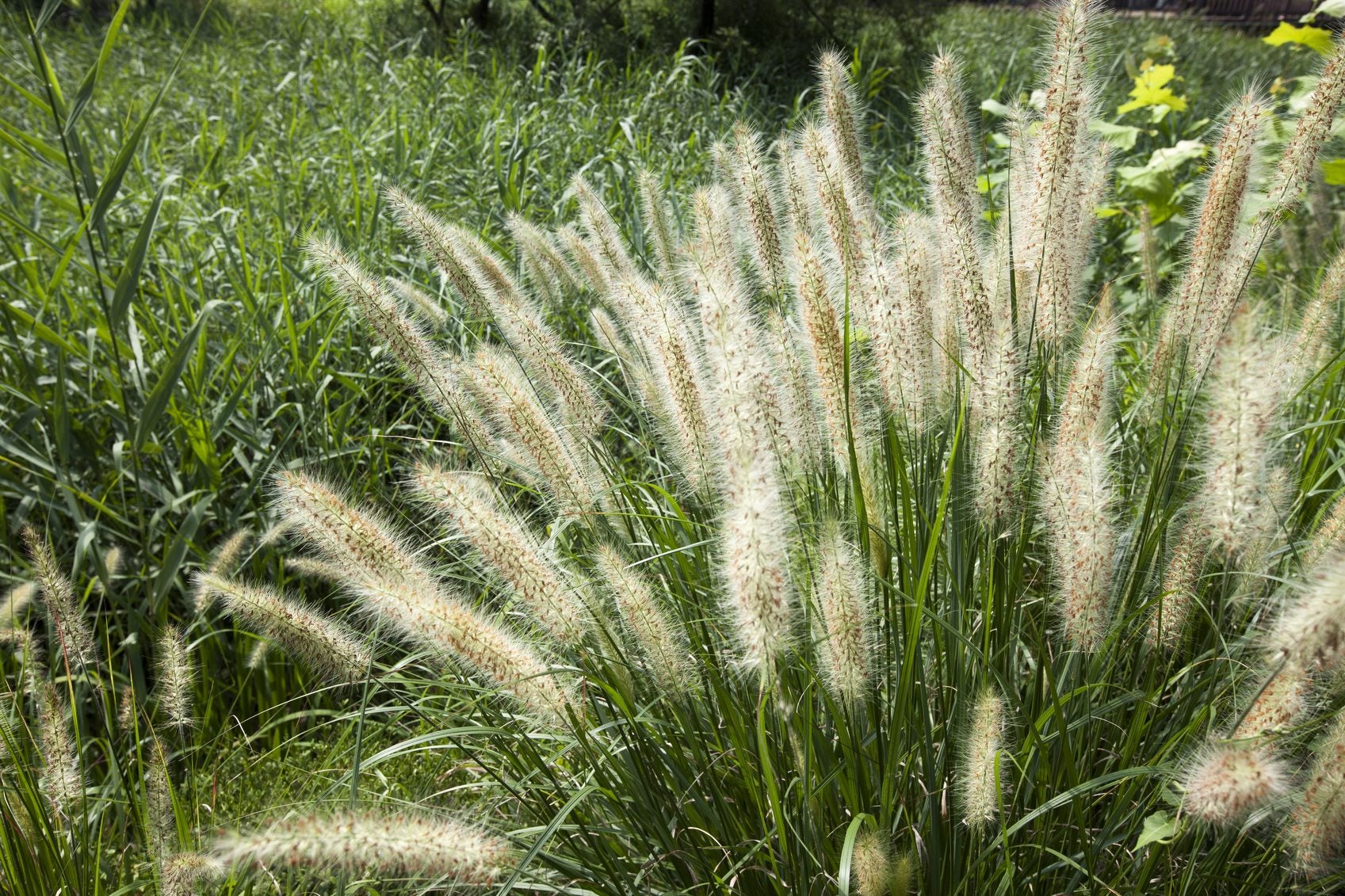 Fertilizing Fountain Grass – When And What To Feed Ornamental Grasses
Fertilizing Fountain Grass – When And What To Feed Ornamental GrassesFountain grass feeding is a rare chore because ornamental grasses like these thrive in low fertility areas. However, let the appearance of the plant be your cue and fertilize only when color and leaf health are indicative of nutritional scarcity. Learn more here.
By Bonnie L. Grant
-
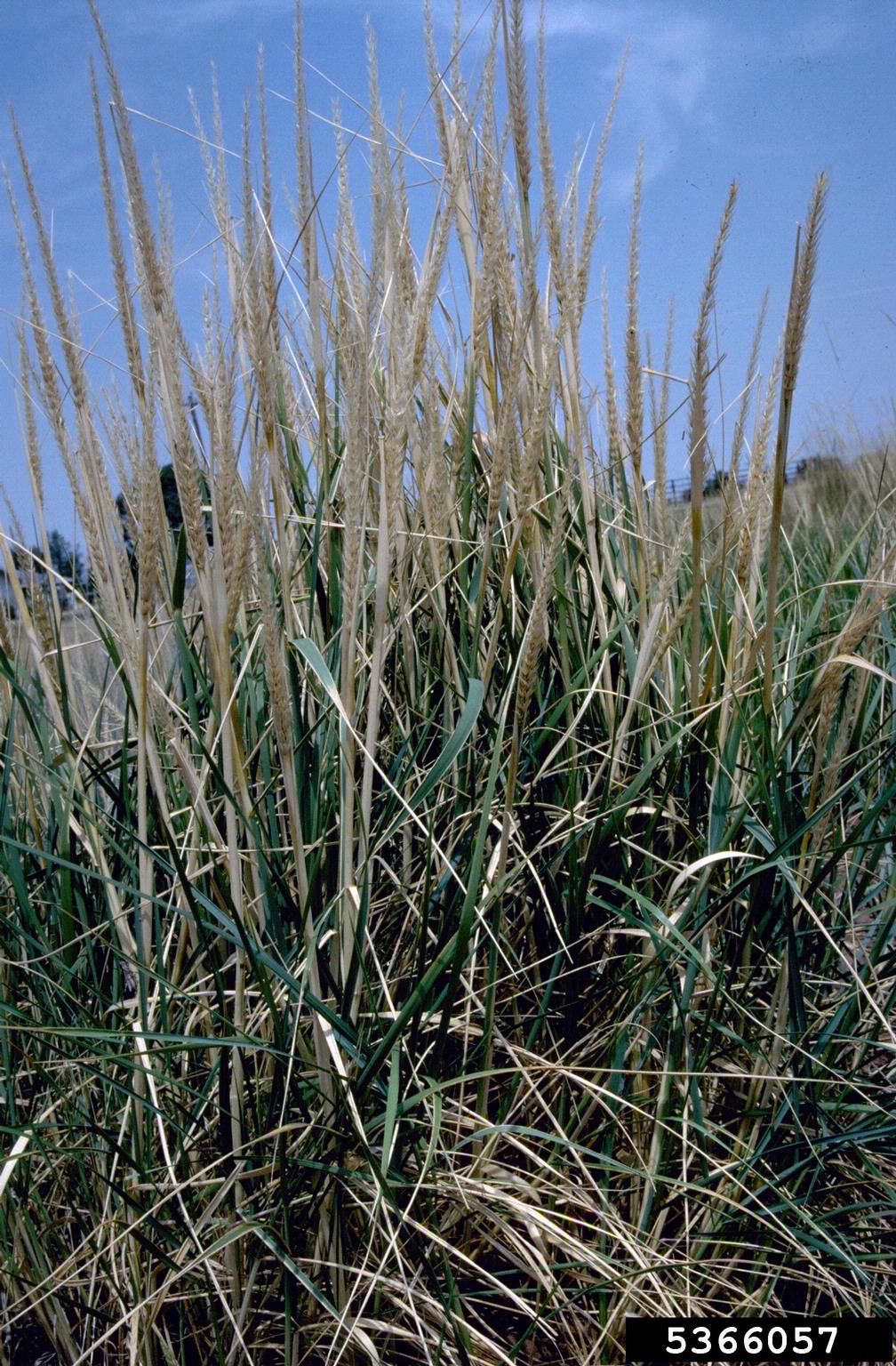 Fountain Grass Turning White: My Fountain Grass Is Bleaching Out
Fountain Grass Turning White: My Fountain Grass Is Bleaching OutNear the end of the season, you may find your fountain grass turning white, bleached, and unappealing. What is happening? Is there some sort of terrible fountain grass problem? Find the answers in this article. Click here for more info.
By Bonnie L. Grant
-
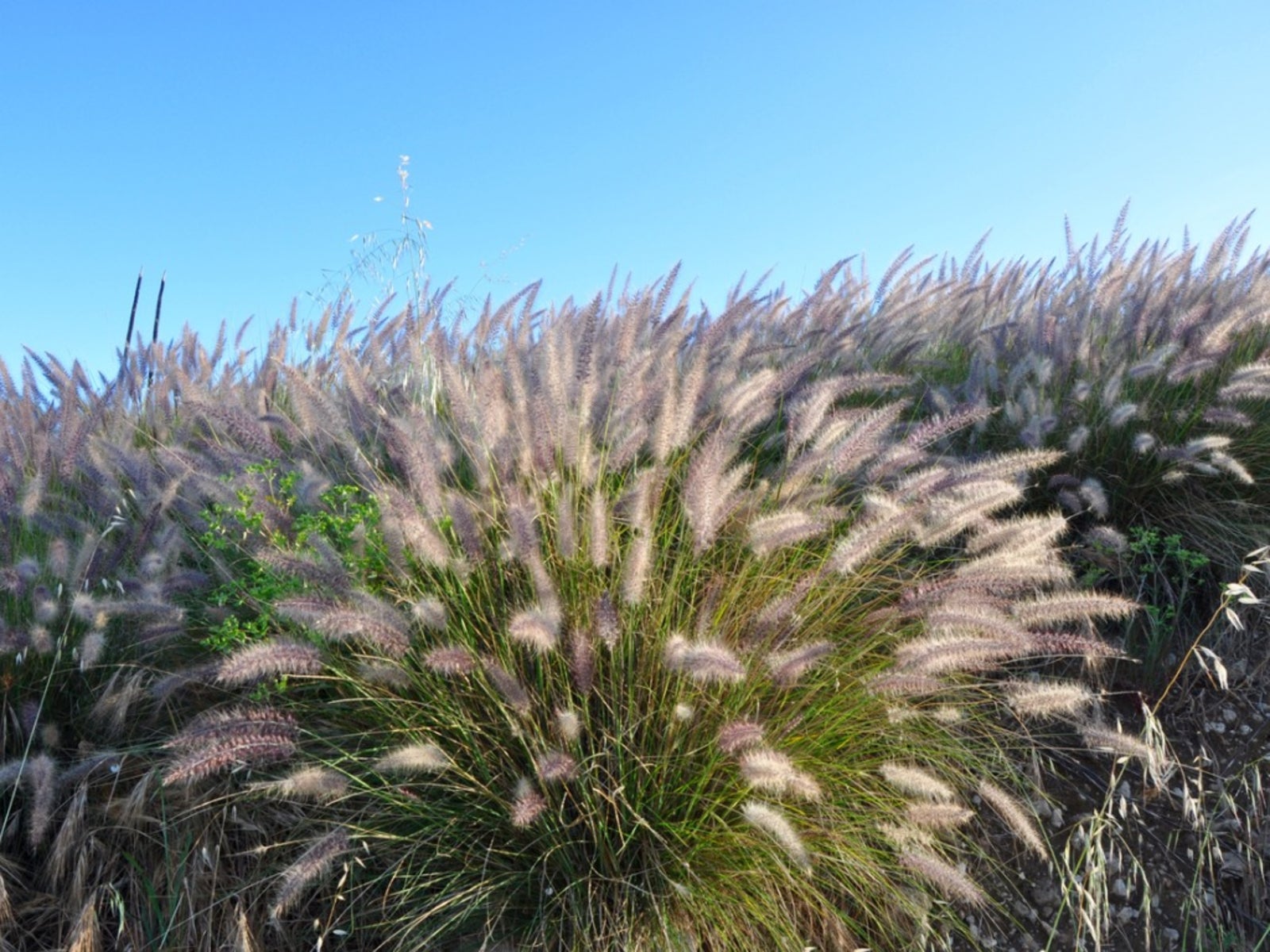 Tips For Fountain Grass Pruning: Cutting Back Fountain Grass
Tips For Fountain Grass Pruning: Cutting Back Fountain GrassFountain grasses are a reliable and pretty addition to the home landscape, adding drama and height. But when do you prune fountain grass? In the fall, winter or in the spring? And how? This article will help.
By Heather Rhoades
-
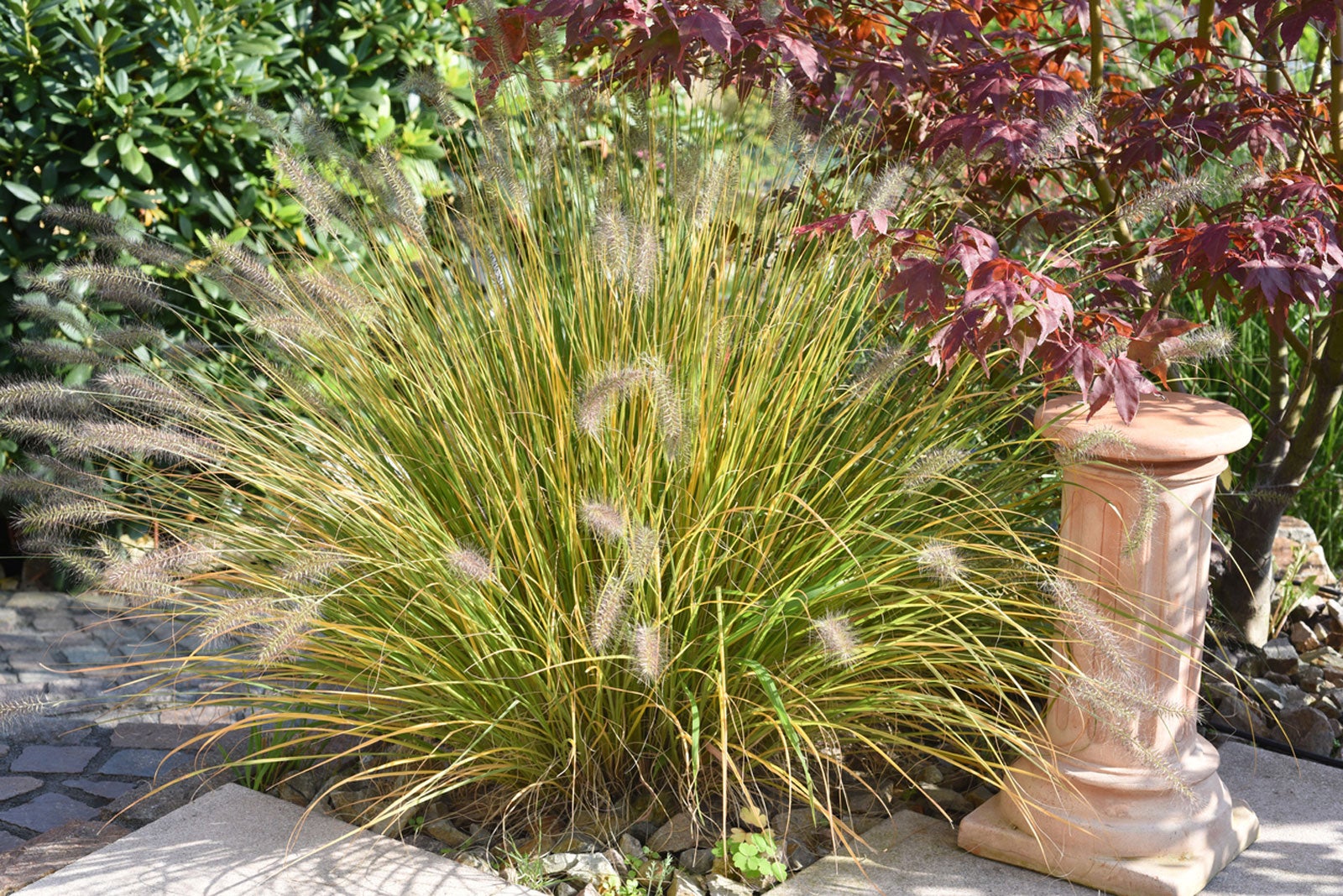 Tips For Care Of Fountain Grass
Tips For Care Of Fountain GrassFountain grass is a mound-forming ornamental grass and a garden favorite, as the care of fountain grass is easy. You can learn more about growing fountain grass in the article that follows.
By Nikki Tilley